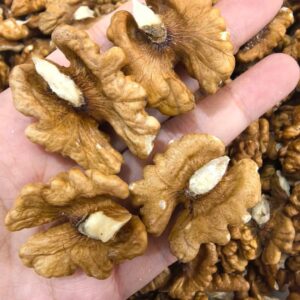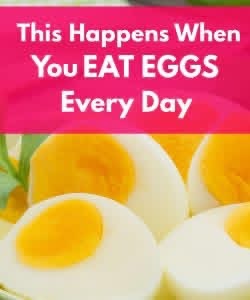For decades, the western quoll (Dasyurus geoffroii)—an elusive, cat-sized marsupial carnivore native to Australia—hovered on the brink of extinction. Once widespread across the continent, quoll populations collapsed dramatically following European settlement, habitat loss, introduced predators, and other human-mediated pressures. Today, however, conservationists are celebrating a landmark success: the first evidence of pouch young at Mt Gibson Wildlife Sanctuary in Western Australia. This breakthrough not only demonstrates that western quolls can be reintroduced successfully into former habitats, but also offers fresh optimism for restoring balance to fragile ecosystems.
A Creature in Crisis: The Decline of the Western Quoll
Prior to the late 18th century, western quolls roamed much of southern and eastern Australia. As opportunistic hunters, they occupied a range of habitats—from woodlands and heaths to open forest—and helped regulate populations of insects, small mammals, reptiles, and ground-nesting birds. However, after Europeans arrived, quolls confronted a cascade of threats:
-
Habitat Destruction: Land clearing for agriculture and urban development fragmented quoll ranges, reducing available den sites and prey.
-
Invasive Predators: Feral cats and red foxes, introduced by early settlers, outcompeted quolls for food and preyed upon them directly.
-
Poisoning: Quolls were inadvertently exposed to baits and toxins intended for other pest species.
-
Disease and Road Mortality: As roads crisscrossed quoll habitat, vehicle strikes became a significant mortality factor; disease outbreaks also took a heavy toll.
By the 1960s, their range had contracted to a few small pockets in the southwest of Western Australia. Once numbering in the tens of thousands, western quolls were reduced to isolated populations totalling fewer than 2,000 individuals. With breeding success limited by predation pressure and a paucity of suitable habitat, conservation agencies classified the species as Endangered under Australia’s Environment Protection and Biodiversity Conservation Act 1999.
-





